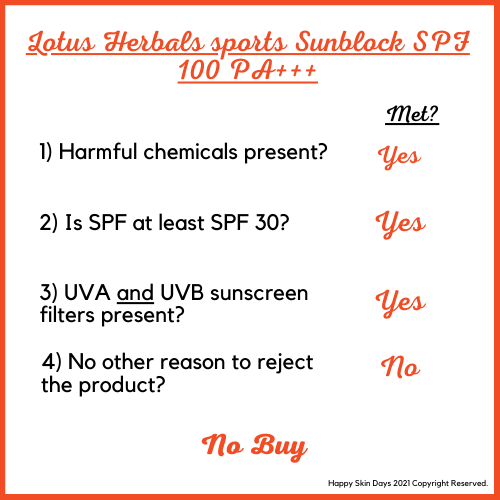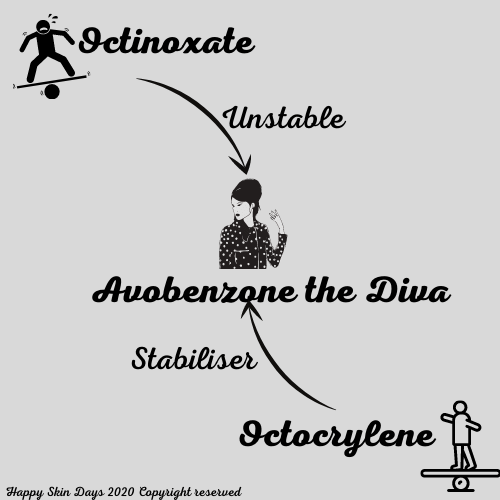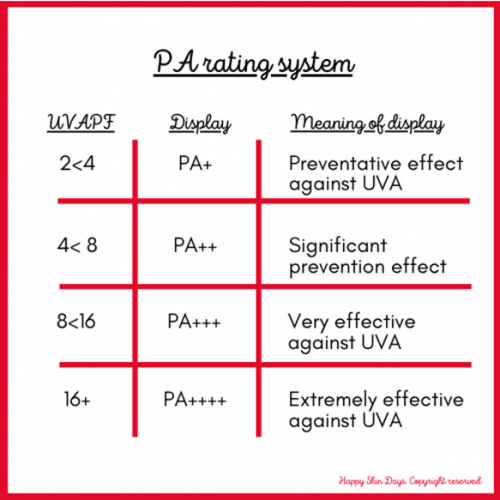Introduction
Before you read this blog, I feel obligated to tell you that I have a bias against SPF 100 products. There are two reasons for this, which I have highlighted below. Also, I frequently lean on non-Indian regulators to make a point. This is simply because skin cancer is a serious public health issue in (e.g.) Australia, the US and the EU. Therefore, regulators in these territories pay more attention.
It is unreasonable to expect our Indian regulators to give the same level of attention, because we have so many other public health issues requiring their attention.
****
Reason 1: High SPF products encourage risky sun-seeking behaviour
The International Cancer Agency has found that when people use high SPF sunscreen products, they intentionally expose themselves to larger doses of UVR.
I take that to mean that folks all of a sudden think they have some type UVR resistant skin. If they never normally step out during mid-day Chennai or New Delhi summer’s, they all of a sudden think that wearing SPF 100+ allows them to do so.
It doesn’t. Sunscreen just reduces the exposure to UVR – it doesn’t eliminate UVR risk. And as UVR damage is cumulative, intentional exposure to UVR only increases the risk of photoaging (wrinkles, hyper-pigmentation, loss of elasticity etc etc).
Reason 2: Lack of data showing that SPF 100 sunscreens provide meaningful benefit
The US FDA (relevant supervisory body) published a monograph ages ago, proposing to cap sunscreens at SPF 60+, given the lack of data demonstrating that sunscreens with “SPF values over 60 provide meaningful clinical benefit.”
In the same monograph, the FDA lean on a test involving lab’s blind testing SPF values of sunscreen. The results showed that it was extremely difficult for labs to reproduce the labelled SPF 100, with mean SPF values ranging from 37 to 75. They conclude, “we note that variability in SPF values is exacerbated at high SPFs.”
****
Happy Skin Days Sunscreen test
In deciding whether or not to use a product I apply the following very basic sunscreen test

As you can see this sunscreen does not pass my test, and I would not use it or buy it again.
1) Are harmful chemicals present?
The product has both Oxybenzone (Benzophenone-3) and BHT, which are harmful chemicals that cause me to reject the product.
BHT is a cheap preservative and, “limited evidence suggests that high doses of BHT may mimic estrogen, the primary female sex hormone and prevent the expression of male sex hormones, resulting in adverse reproductive effects.” (Source: David Suzuki) The second harmful chemical is Oxybenzone, a UVA and UVB filter. This is also a hormonal disruptor and a known skin allergen (see also Chemicals To Avoid – Benzophenone-3). However, it is your body and health and if you are perfectly fine using harmful chemicals in the name of sunscreen, then please continue reading.
3) UVA and UVB filters present
Both UVA and UVB have both been implicated in skin cancer and photo-aging and we want filters to protect against both types of damage.
UVA and UVB filters protect against the damage caused by UVA and UVB respectively. UVB/UVA filters combine the function of UVA and UVB filters.
3a) Filters present in this product are:
UVB filters: Homosalate (2nd), Octocrylene (3rd), Octylmethoxycinnamate (4th), Octyl Salicylate (5th), Octyl Methoxycinnamate (12th)
UVA filters: Butylmethoxydibenzoylmethane (13th)
UVA and UVB filters: Zinc Oxide (6th), Oxybenzone (14th), Titanium Dioxide (30th)
This product has many UVB filters and they are all within the first five listed ingredients, indicating they are present at a high concentration.
I would say the product is at least an SPF 50. In the EU this would be the maximum permitted SPF number.
In terms of the UVA filter, the product relies solely on Avobenzone, which is a gold standard albeit photo-unstable filter.
Available evidence shows Avobenzone degrades quickly upon exposure to sunlight, reducing its efficacy by as much as 50 and 90 per cent after 60 minutes of exposure. This product uses BOTH Octocrylene and Benzophenone-3 to stabilise Avobenzone.
I would have said this works BUT the sunscreen also includes Octinoxate (Octyl Methoxycinnamate), which makes the Avobenzone unstable (as well as making the Octinoxate less effective). The study listed below shows that a mixture of Octinoxate and Avobenzone shows less absorbance after UV exposure, indicating a photo-unstable formulation. Click on LINK for more information.

Does this product provide the PA+++ rating it claims? That’s anyone’s guess. What I do know is that even if the SPF increases, that does not equate to UVA protection increasing. If the product had simply MORE UVA filters or Avobenzone, I would have more confidence in its labelling. To remind you, this is the PA rating system

4) Objectionable labelling
India does not have specific sunscreen regulation – so manufacturer’s have a free hand over the labelling. Lotus Herbals have taken complete advantage and have “Sweat & Water Proof” on their label. This is a completely meaningless phrase….and pay no attention to it.
Resources used: Ingredient label

Note that both SPF 70+ and SPF 100+ Lotus Herbals’ sunblocks have similar ingredient placements, especially when it comes to sunscreen filters. I have highlighted “propitory blend” because I don’t know what that means – perhaps you do.
Sources and uses
US20170326062A1 (US Patent application pending), US9956163B2 (Having previously been published, pre-grant publication), https://www.federalregister.gov/documents/2019/02/26/2019-03019/sunscreen-drug-products-for-over-the-counter-human-use ; Ceresole, R., Y.K. Han, M.A. Rosasco, et al., “Drug-Excipient Compatibility Studies in Binary Mixtures of Avobenzone,” Journal of Cosmetic Science, vol. 64(5), pp. 317-328, 2013. ; Nash, J.F., and P.R. Tanner, “Relevance of UV Filter/Sunscreen Product Photostability to Human Safety,” Photodermatology, Photoimmunology and Photomedicine, vol. 30(2-3), pp. 88-95, 2014 ; Wendy E Roberts, Lily I Jiang, and James H Herndon, Jr, “Facial primer provides immediate and long-term improvements in mild-to-moderate facial hyperpigmentation and fine lines associated with photoaging” Clin Cosmet Investig Dermatol. 2015; 8: 471–477.
HAPPY SKIN DAYS. COPYRIGHT RESERVED 2021. I am a non-affiliated skincare blogger. I invest my own resources in researching and creating content for my blog. The contents of this blog, including images are protected by copyright law(s). My content cannot be replicated without my consent. You can write to me at email@happyskindays.com. I will file criminal and civil charges for copyright infringement.
